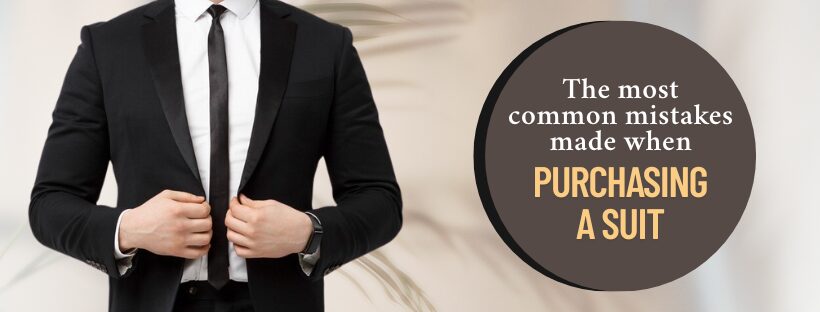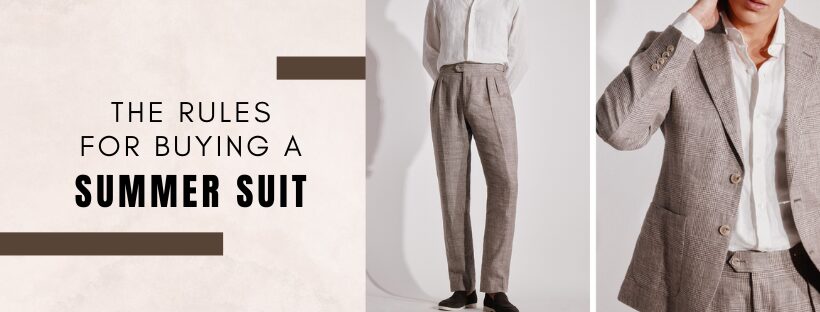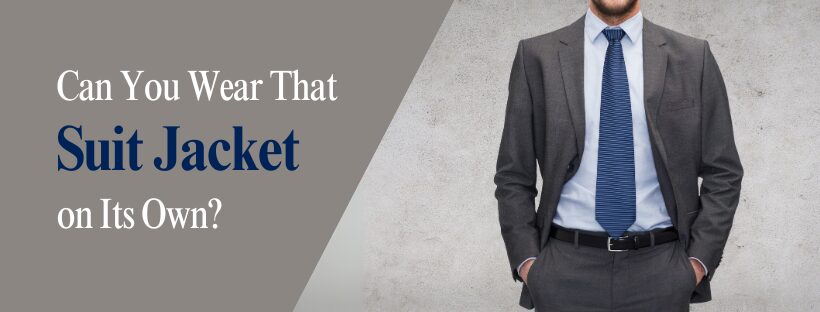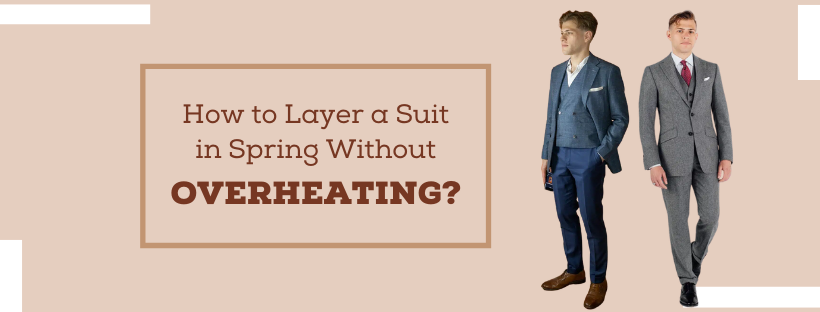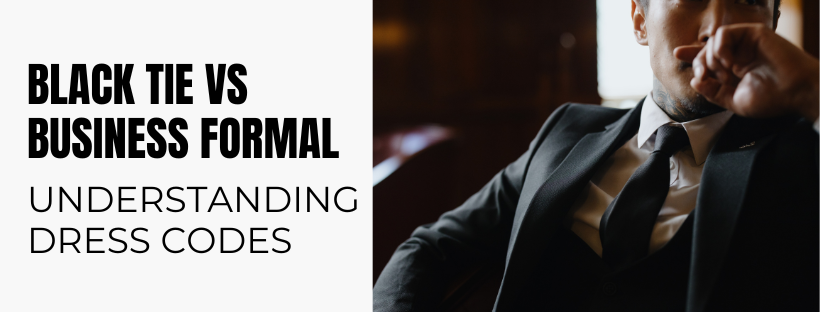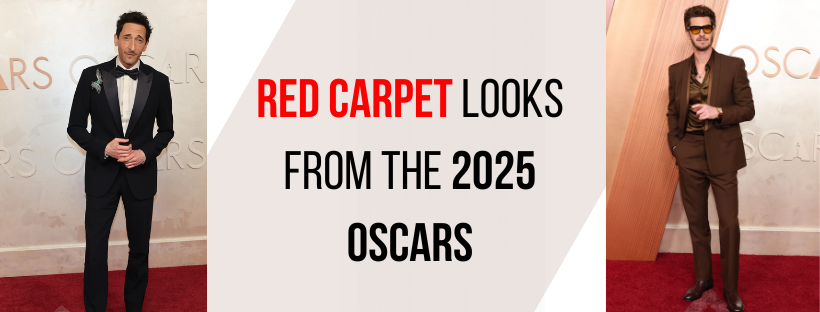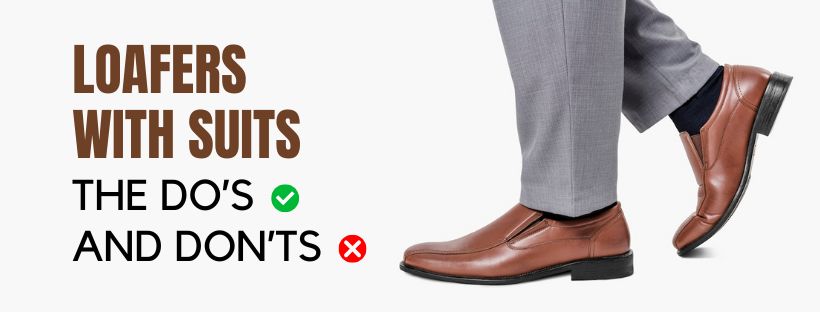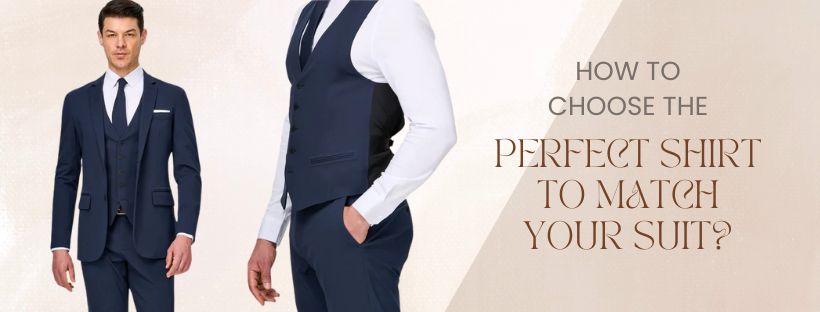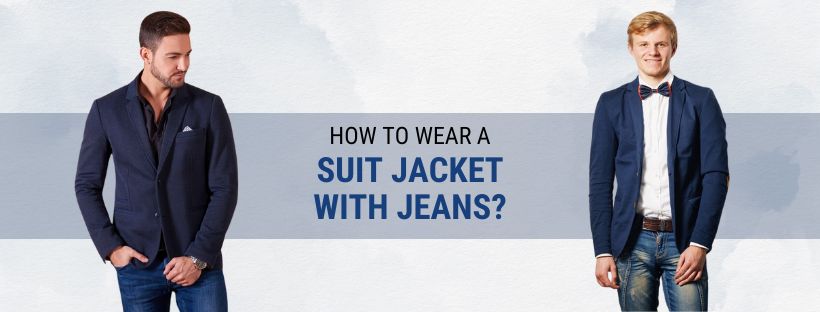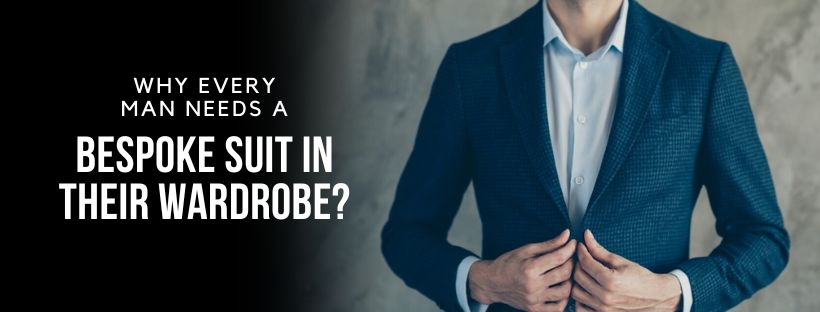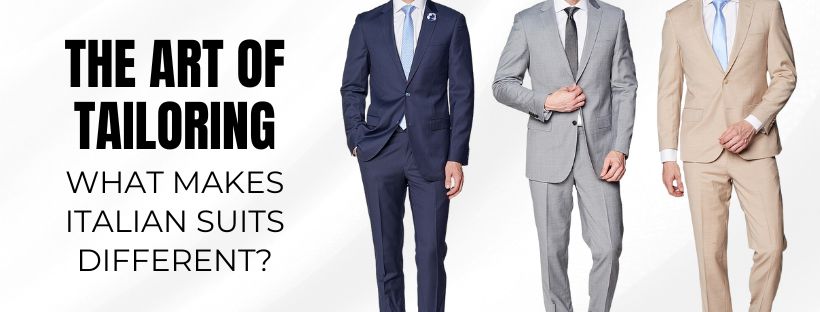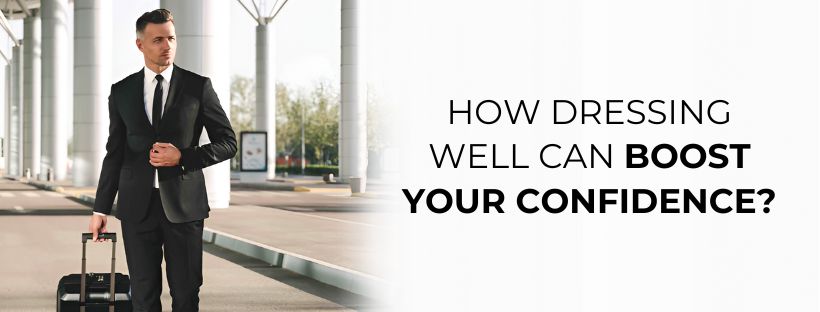Shopping for a men’s suit looks easy for some and messy for the rest. Men end up shopping for the wrong suit for themselves because they don’t understand the suit’s language or style. Moreover, they presume all suits go well with all men and their silhouettes. But that’s not true. We know it is hard to accept, but do it.
Listed below are some common mistakes that men make while purchasing a suit
- Failing to check what fabric the suit is made of
Often, men fail to check what fabric their suit is made of and end up with discomfort or mismatched styles. Fabrics are as significant as the suit style as they play a vital role in deciding the ventilation, the construction of your suit, the seasonal look, and most importantly, the comfort.
For example, 100% woolen suits are perfect for winter—they provide insulation, keep you warm, and look premium. On the other hand, cotton or linen suits in summer work much better—they help with air circulation, ensure coolness, and look naturally structured.
- Assuming standard suits are better than custom suits
Men who haven’t tried custom suits yet would always feel that ready-to-wear suits are better. Because they’re used to standard-sized suits and their tiny alterations. However, when they try custom suits at least once, they will never return to standard suits again. That’s the comfort and structure that custom suits can give.
Honestly, no ready-made suit can give the comfort and silhouette of a made-to-measure custom suit. Most men comment that they don’t feel like wearing suits when custom-tailored.
- Missing the gap between the lapels and the shirt collar
This is one important aspect that many of them miss out on while shopping for ready-made suits from shops. Ideally, there shouldn’t be any noticeable gap or distance between the suit’s lapels and the dress shirt’s collar. So, while trying out new suits, ensure there isn’t any gap between them, meaning the suits are not tailored with proper or even standard measurements.
- Buying too long or too short suits (sleeves and trousers)
Suits ought to be worn right with the right proportions, lengths, and balances. Otherwise, they don’t look like suits. Wearing suits for namesake will not help you improve your suit style or dressing sense. So, first, learn the right length for sleeves and trousers in suits, and second, ensure they are perfectly tailored to your suit.
For any blazer or jacket, the sleeve must cover your wrist and slightly reveal the dress shirt’s cuffs without covering the wrist bone. The trousers must sit on top of the shoes and can have minimal quarter break.
- Standing stiff while taking measurements
Of course, made-to-measure suits look awesome. But only when measured and tailored right. So, neither stand too stiff nor too relaxed while taking your measurements. You have to closely follow the instructions of the bespoke suit designer and give the perfect measurements so that you get the best silhouette and comfort while wearing it. Otherwise, it defeats the purpose of wearing custom suits over regular suits.
Conclusion
Besides these common mistakes, there are a lot more like overlooking the balance and proportions, giving importance to the brand more than the style, choosing the worst color combinations, etc. So, start learning the basics of suiting, and that would help with a minimally refined suit style for yourself.


